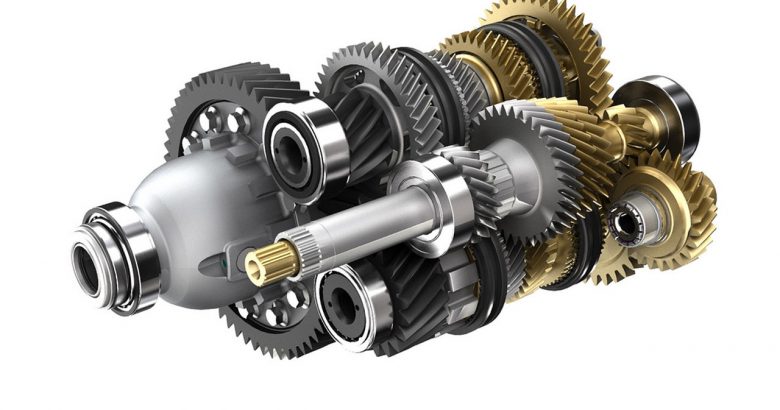
Originally, all cars had manual transmissions and you had to learn how to operate a clutch and gearshift in order to drive. Today, there are many more options for you to choose from. In this article, we will discuss the basic types of transmissions so you have a good idea of what to look for when you are looking at purchasing a new or used car.
Manual transmissions
The oldest type of transmission is the manual. A vehicle with a manual transmission uses a clutch to connect the engine’s flywheel to the transmission’s input shaft. From there, a fixed set of gears are engaged using a gear-selector that is connected to the gear shift. The gear shift is what is operated by the driver to shift gears. Power is then fed to the output shaft which connects to the differential and then to the wheels.
In spite of less being sold each year, the manual has a lot of advantages over the more complicated transmission types. Its simplicity means that they are less likely to need expensive repairs than any other transmission type. Also, if it does have a problem, it’s likely to be cheaper to repair. Perhaps the most compelling case for a stick shift, however, is the driving experience itself. The sales staff at Patrick BMW of Schaumburg, IL, an authorized BMW dealer, say nothing can beat the feeling of shifting a manual transmission while you drive, particularly when it’s a BMW.
Continuously variable transmissions
Many automakers today offer Continuously Variable Transmissions (CVT). CVT transmissions don’t have any traditional gear sets at all. Instead, they use a belt and pulleys to produce an infinite range of drive ratios. The system is controlled by the car’s main computer. It decides how to adjust the pulleys to create the optimal ratio for the particular driving situation. Since they’re not terribly complicated, CVTs are less prone to failure and costly repairs.
Automatic transmissions
In the early days of automobiles all vehicles were manual but that didn’t mean that every driver enjoyed the experience of using a clutch and transmission. Many drivers wanted something easier to operate. As a result, most of the major car manufacturers started research on more “automatic” transmissions. The first was General Motors who introduced the first fully automatic transmission in the early 1940s. Though these transmissions were quite complicated internally, the driving experience for consumer was greatly simplified.
Though most automatics can’t match a manual for performance or fuel economy, the ones made today are much closer than previous generations were. In fact, some automatics today offer approximately the same gas mileage as models outfitted with standard transmissions.
Dual-clutch transmissions
The latest transmission type is a Dual-Clutch Transmission (DCT). DCTs are a curious hybrid between an automatic and manual transmission. In a DCT, there are two separate clutches; one is for odd gears and the other is for even gears. This arrangement allows for incredibly fast shifts. Like automatic transmissions, the shifting of the gears and clutch movement is controlled by solenoids and a computer. DCT transmissions offer great performance with ultra-fast gear changes. Currently, these gearboxes are mainly found on racing and sports cars but they are starting to appear on production automobiles.
Image Source: chilliwackproautocare.com